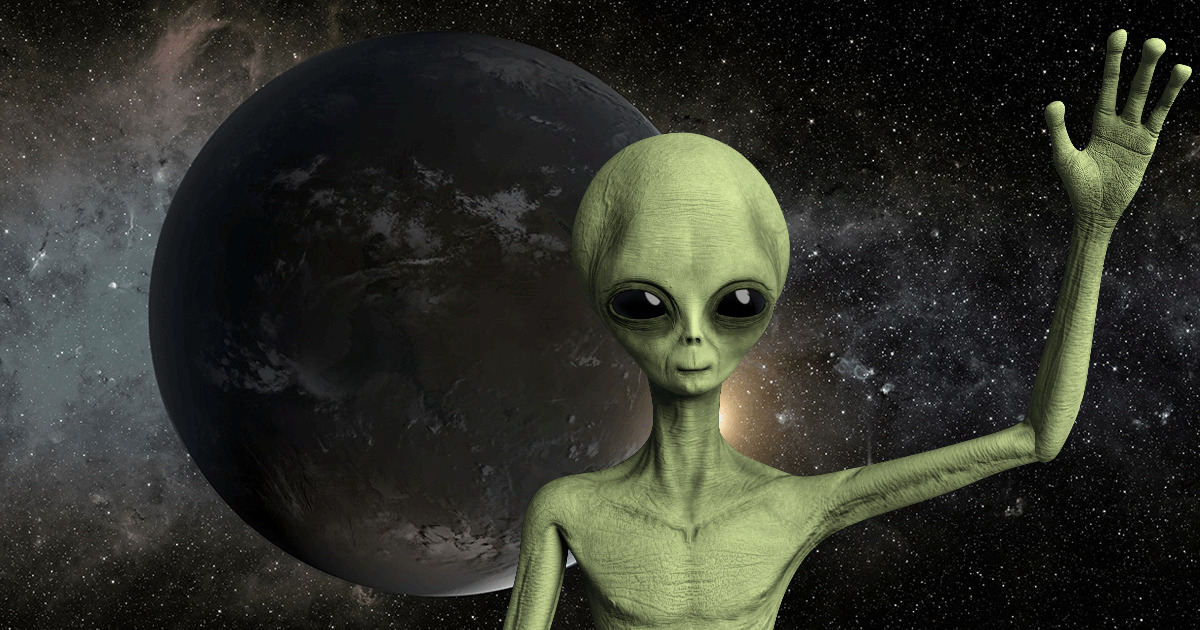Stars turn to cannibalism when they die, and there’s one white dwarf out there scarred by its victim.
When stars reach the end of their life, they like to go out with a bang. There are different ways stars die, but in the case of stars the size of our own Sun, it is a celestial explosion, ejecting heat and light as they swallow the surrounding planets and asteroids that were born with it.
Now, astronomers have captured the consequences of this on one particular star – which has metallic scar where it engulfed one of its victims.
The finding changes long-held theory about exploding stars, when it was assumed material they absorbed would be spread evenly across the surface.
Stars are basically massive nuclear reactors. When they run out of fuel, after millions or even billions or years, the outer layer of the star collapse in on themselves.
In some stars, the massive weight of those layers pressing into the core drives the pressure and temperature sky rocketing.
This then drives the outside layers of the star back outwards, but well beyond its original size. It balloons out into its solar system, eating anything in its path. (Yes, our sun will engulf the Earth one day, but not for about another five million years.)
Eventually, the star cools, shrinks, and becomes what is known as a white dwarf.
Using the Very Large Telescope (VLT) in Chile, researchers have pinpointed exactly where one particular star ate one particular planet thanks to the metallic scar left on its surface.
The cannibal, white dwarf WD 0816-310, was once a star like our sun, and the scar shows the last remnants of an Earth-sized object.
‘Surprisingly, the material was not evenly mixed over the surface of the star, as predicted by theory,’ said co-author John Landstreet, a professor at Western University, Canada. ‘Instead, this scar is a concentrated patch of planetary material, held in place by the same magnetic field that has guided the infalling fragments.
‘Nothing like this has been seen before.’
Co-author Dr Jay Farihi added: ‘We have demonstrated that these metals originate from a planetary fragment as large as or possibly larger than Vesta, which is about 500 kilometres across and the second-largest asteroid in the solar system.’
To discover this rare find, the team used a ‘Swiss-army knife’ instrument that let them detect the metal scar and connect it to the star’s magnetic field, as well as relying on archival data from the VLT’s X-shooter.
This unique study also reveals how planetary systems can remain dynamically active, even after ‘death’.
MORE : Something big and mysterious has been spotted circling around Uranus
MORE : The Y chromosome is vanishing. What will happen to men?
MORE : What is so special about Elon Musk’s SpaceX Falcon 9 rocket?
Get your need-to-know
latest news, feel-good stories, analysis and more
This site is protected by reCAPTCHA and the Google Privacy Policy and Terms of Service apply.













